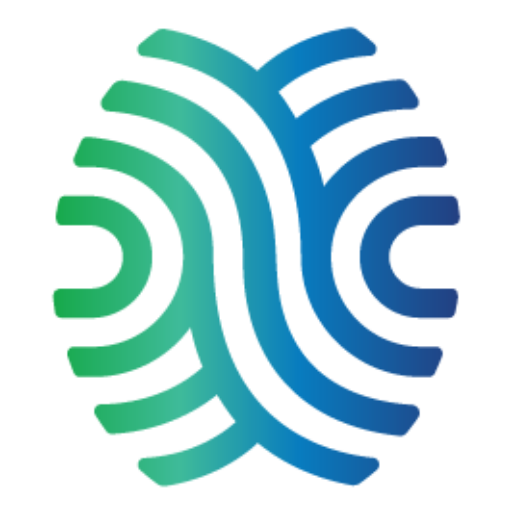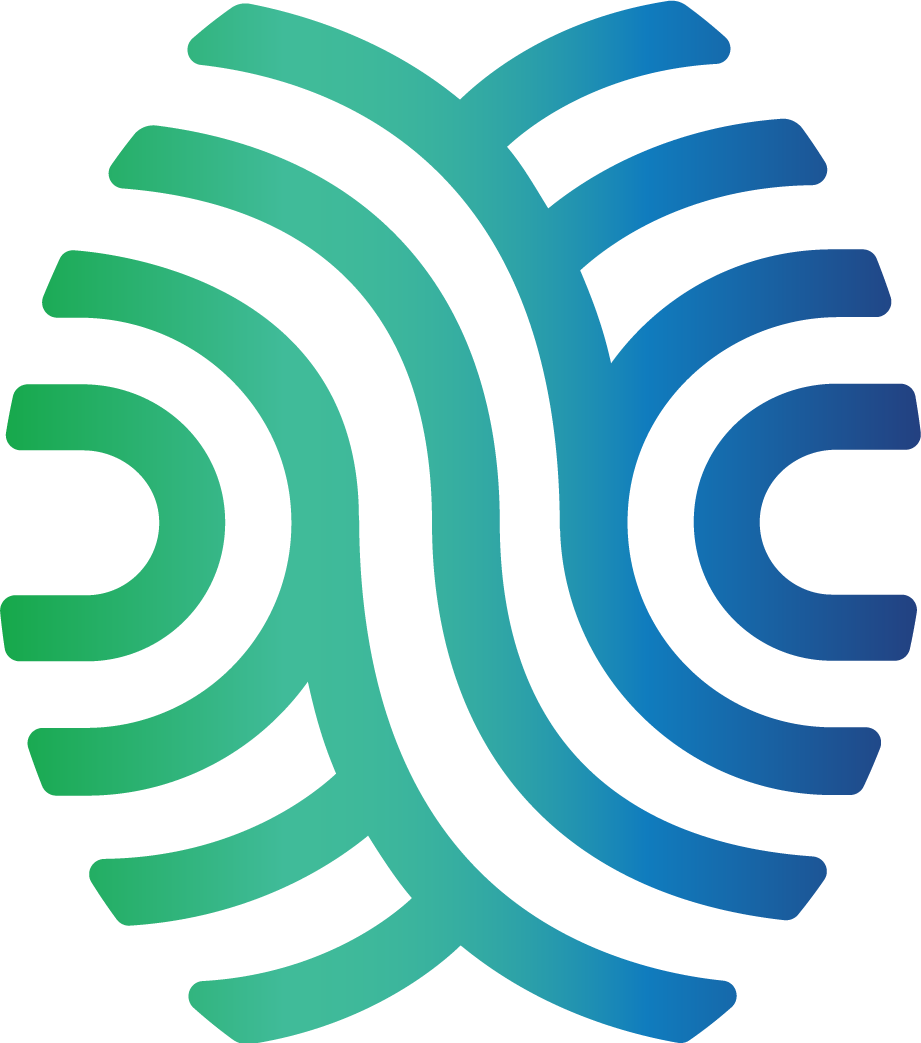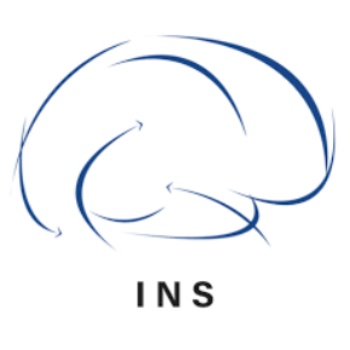[et_pb_section fb_built=”1″ use_custom_gutter=”on” specialty=”on” parallax_method_1=”off” parallax_method_2=”off” module_class=”m-special-section-modifier et_pb_specialty_fullwidth” _builder_version=”3.22″ inner_width=”89%” inner_width_tablet=”80%” inner_width_phone=”” inner_width_last_edited=”on|desktop” inner_max_width=”89%” inner_max_width_tablet=”80%” inner_max_width_phone=”” inner_max_width_last_edited=”on|desktop” custom_padding=”|||” transparent_background=”off” make_fullwidth=”on”][et_pb_column type=”3_4″ specialty_columns=”3″ _builder_version=”3.25″ custom_padding=”|||” custom_padding__hover=”|||”][et_pb_row_inner admin_label=”Row” _builder_version=”3.25″][et_pb_column_inner saved_specialty_column_type=”3_4″ _builder_version=”3.25″ custom_padding=”|||” custom_padding__hover=”|||”][et_pb_text admin_label=”Post content” _builder_version=”4.4.5″ text_line_height=”1.6em” background_size=”initial” background_position=”top_left” background_repeat=”repeat” module_alignment=”left” hover_enabled=”0″ text_font_size_tablet=”15px” text_font_size_phone=”14px” text_font_size_last_edited=”on|tablet” use_border_color=”off”]
Have you ever had one of those rainy days that makes you feel cold, tired, and want to curl up for a nap? You are not alone.
Sunlight increases serotonin, a neurotransmitter that is believed to help regulate mood and social behavior. A shortage of serotonin can make you feel sad, depressed, and have low energy. Your rainy-day blues are not only real, they are a result of chemicals imbalance in the brain.
Light improves your feeling of wellbeing. Studies have shown people subconsciously seek out sunlit places. There are also numerous proven benefits of spending time in spaces that offer abundant natural light, including increased concentration and focus, heightened productivity, improved sleep, and better mood.
More recently, scientists have discovered that light can be used to improve brain health. It is Photobiomodulation (PBM).
What is Brain Photobiomodulation?
Brain PBM, also known as Low-Level Light Therapy, uses red and near-infrared light to stimulate photochemical mechanisms in neural cells and tissues. Niraxx uses near-infrared light in its wearables because near-infrared wavelengths can penetrate much deeper than red light.
PBM has several pro- brainpower benefits, including thinking, memory and balance. The following are some of the primary positive changes as a result of the transfer of light energy:
Increased Cerebral Blood Flow Good cerebral blood circulation supplies your brain with oxygen and helps remove carbon dioxide and other waste products from your brain.
Increased ATP Production Adenosine trisphosphate (ATP) is an important signaling molecule that acts as a neurotransmitter in both the peripheral and central nervous system. ATP production rate plays a central role in cerebral energy production, brain function, and neurodegeneration.
Improved Mitochondrial Activity Mitochondria is commonly known as the powerhouse of the cell. Recent studies evidence mitochondrial activity affect neural cell degeneration and plasticity.
Moreover, this safe, non-invasive technology appears to promote neurogenesis, the process by which new neurons are formed in the brain. Until recently, scientists believed the adult brain was incapable of neurogenesis. But the adult brain is actually capable of producing new neurons and forming new neural connections. You can change how your brain operates throughout your lifetime.
Curious about this new and up-coming field in neuroscience? Visit our Science & Technology page for more information.
References
[1] Hamblin, M. R. Shining Light on the Head: Photobiomodulation for
Brain Disorders. (2016). BBA Clinical, 6, pp. 113-124.
[2] Verkhratsky, A., Krishtal, O. Encyclopedia of Neuroscience, 2009.
[3] Belenguer, P, Duarte, JMN, Schuck, PF, Ferreira, GC. (2019). Mitochondria and the Brain: Bioenergetics and Beyond. Neurotox Research, 36, pp. 219-238.
[4] Xuan W., et al. (2013). Transcranial Low-Level Laser Therapy Improves Neurological Performance in Traumatic Brain Injury in Mice: Effect of Treatment Repetition Regimen. PLoS One.
[/et_pb_text][et_pb_post_nav in_same_term=”off” _builder_version=”4.4.2″ title_text_color=”#000000″ use_border_color=”off” border_color=”#ffffff” border_style=”solid” hide_prev=”off” hide_next=”off”]
[/et_pb_post_nav][/et_pb_column_inner][/et_pb_row_inner][/et_pb_column][et_pb_column type=”1_4″ _builder_version=”3.25″ custom_padding=”|||” custom_padding__hover=”|||”][et_pb_sidebar area=”custom-sidebar-1″ _builder_version=”3.17.6″]
[/et_pb_sidebar][/et_pb_column][/et_pb_section]











